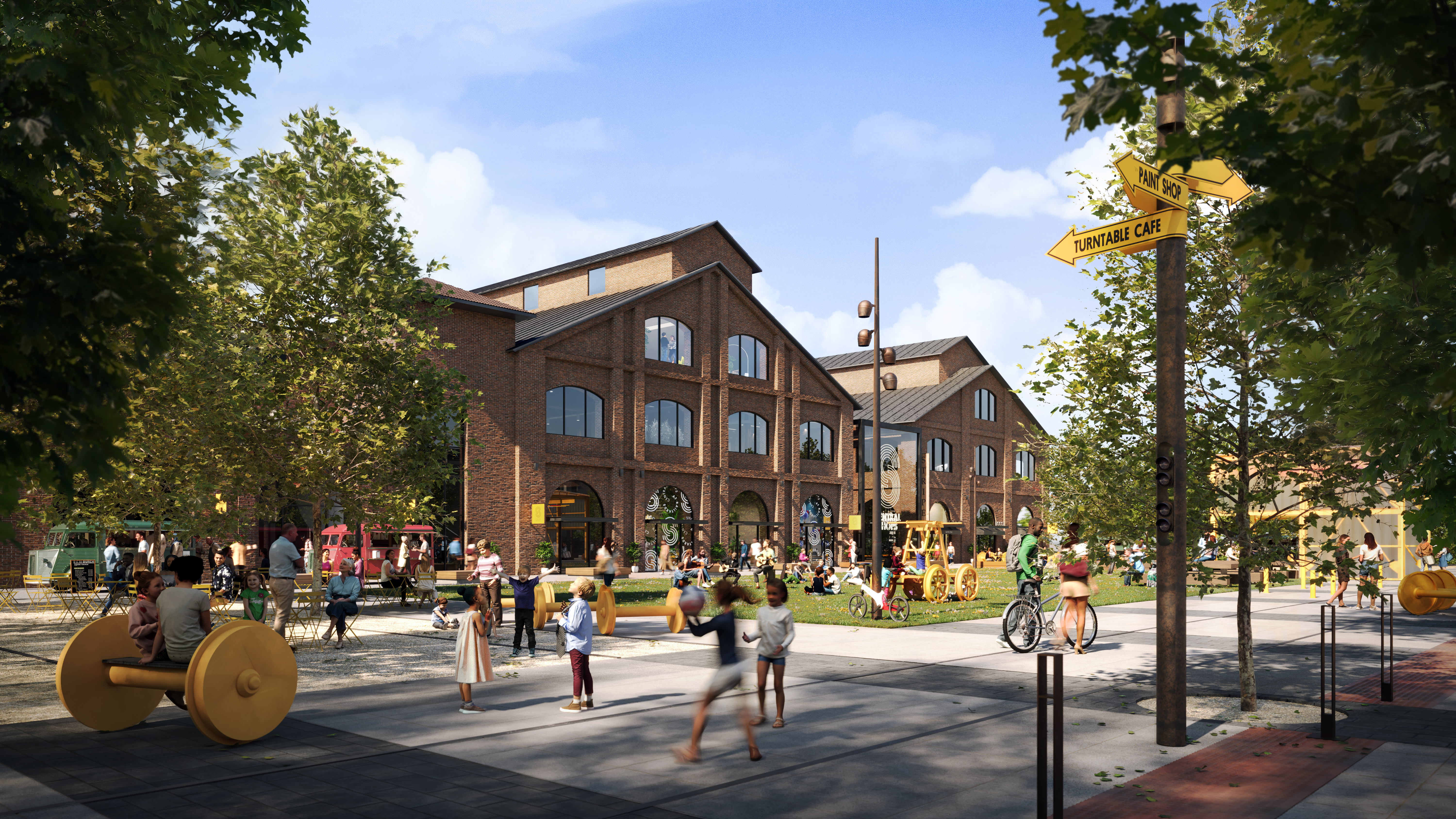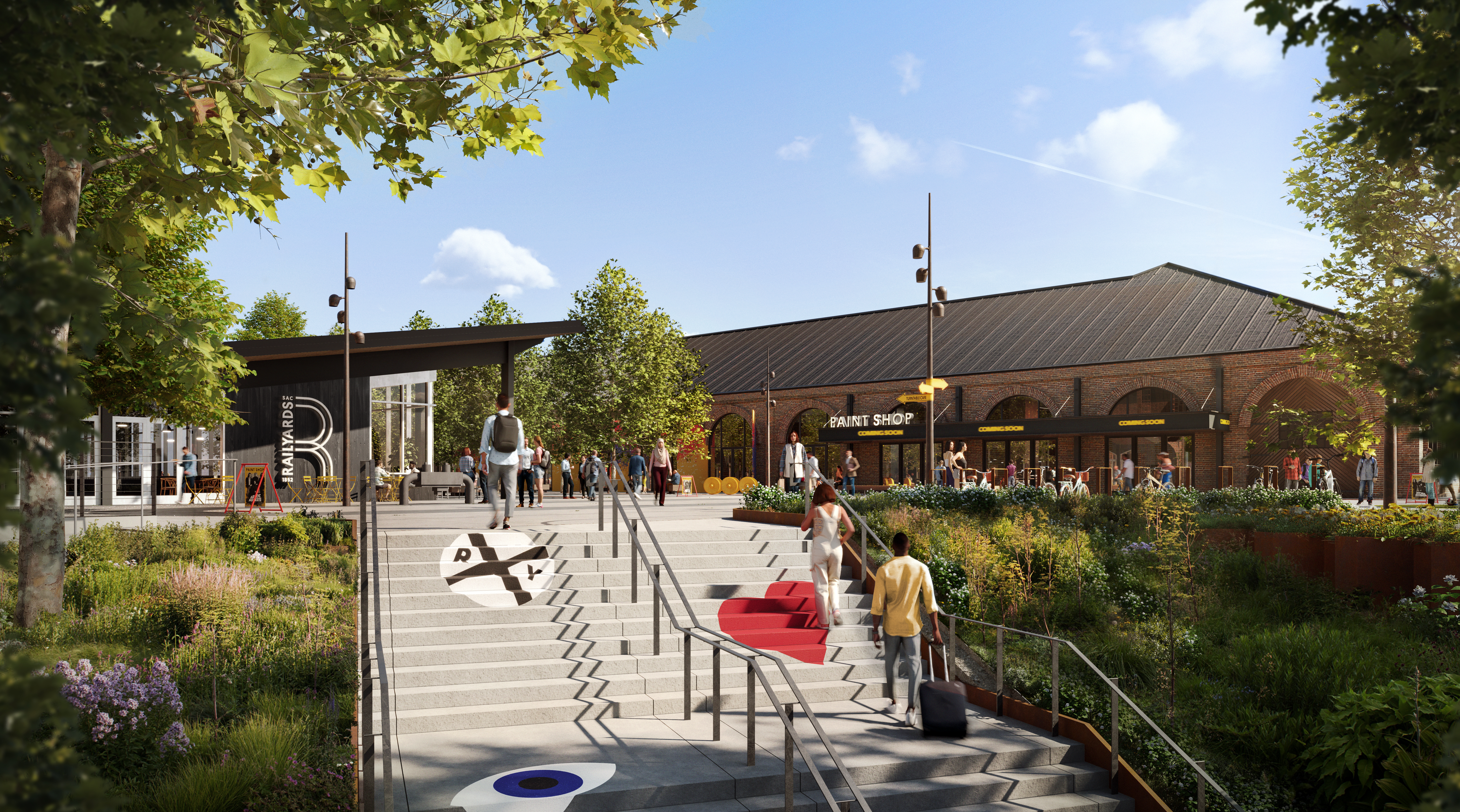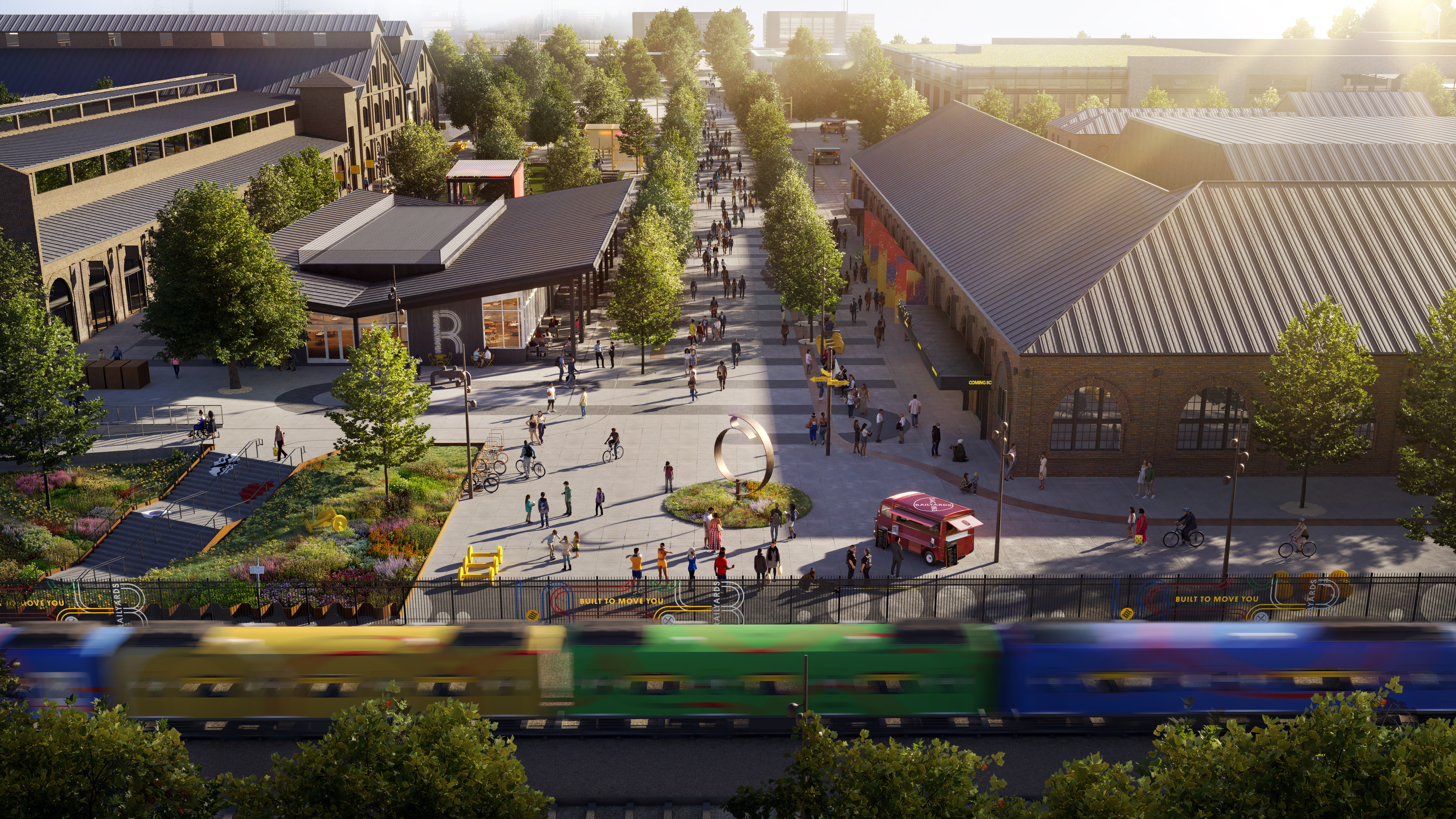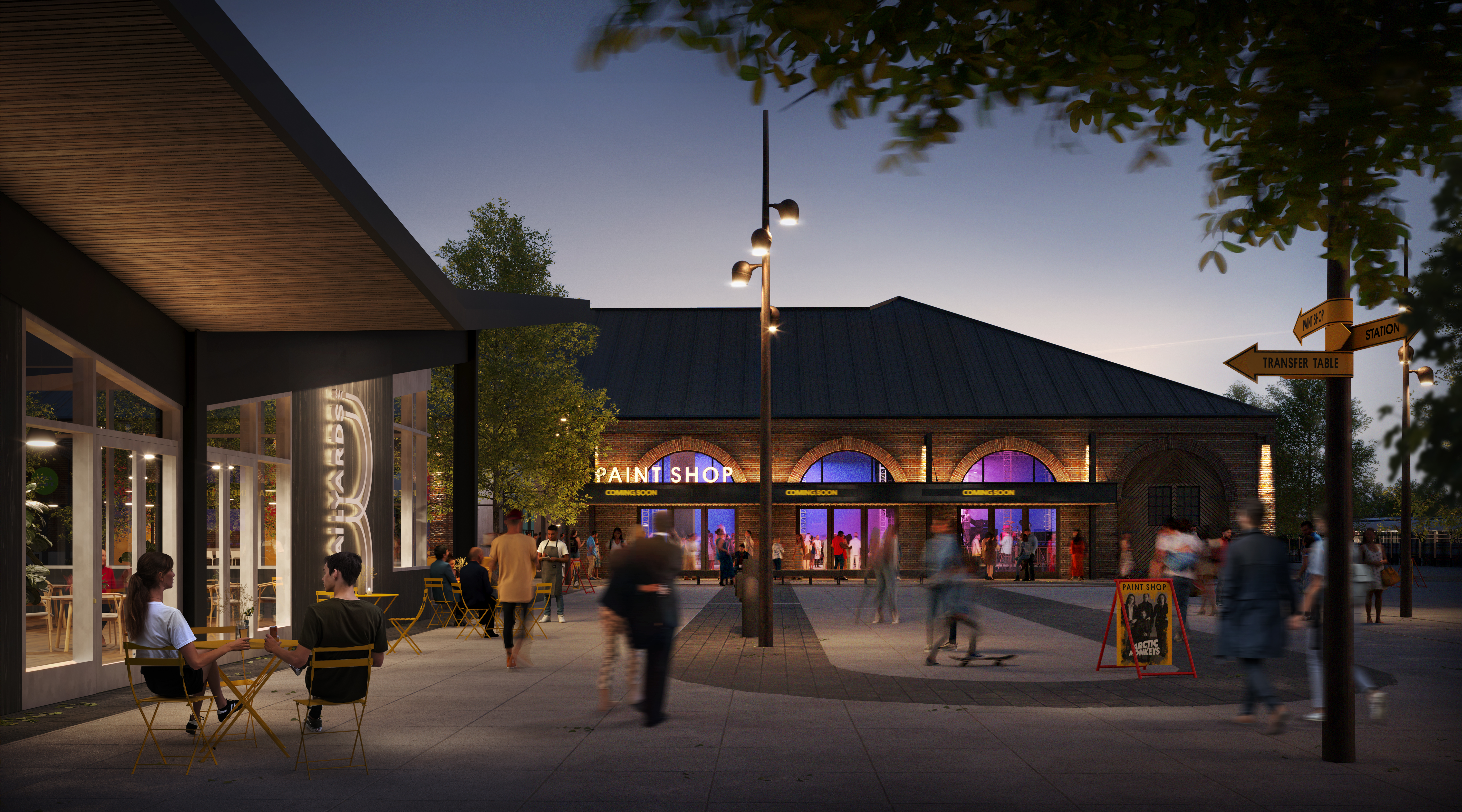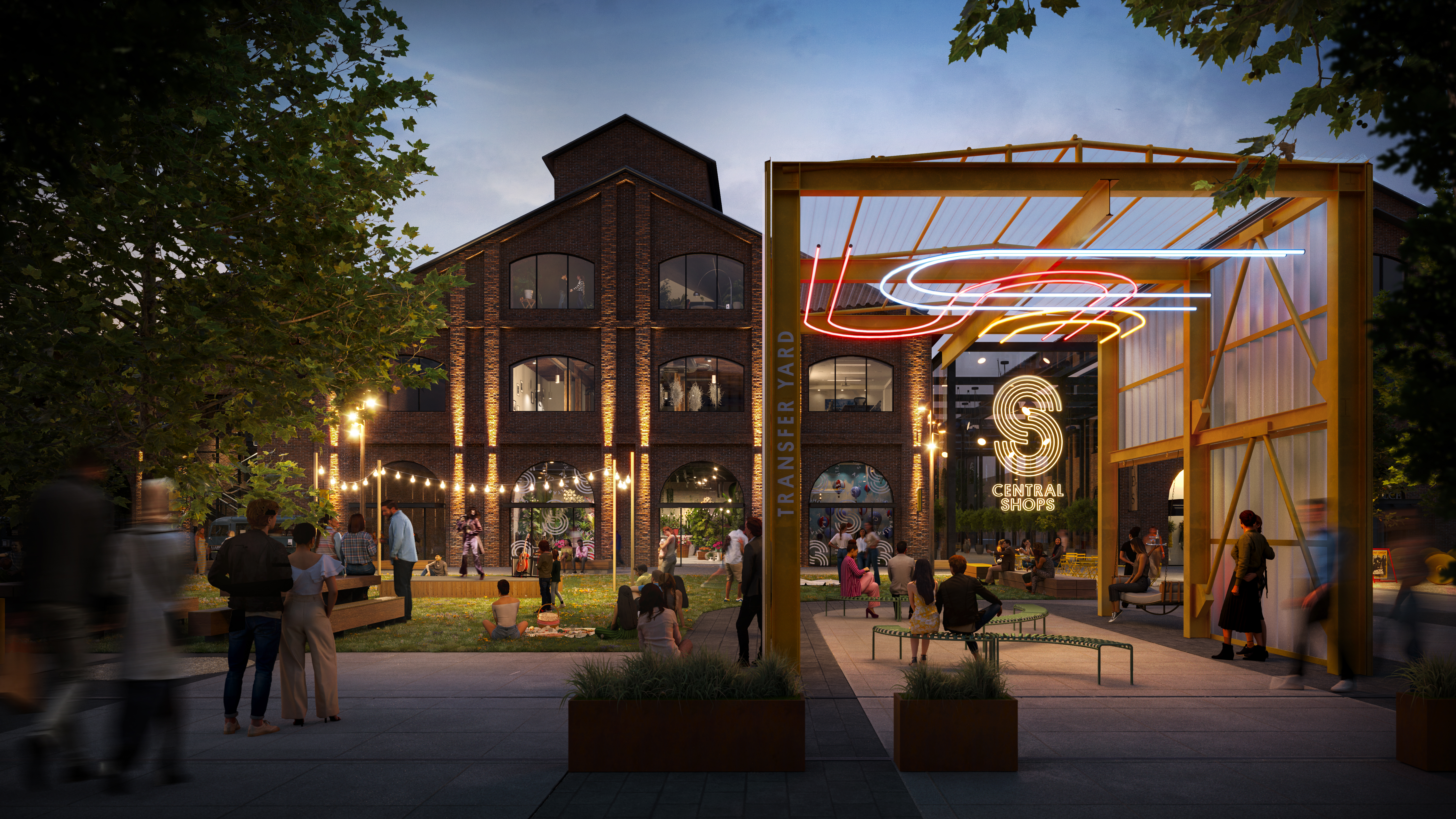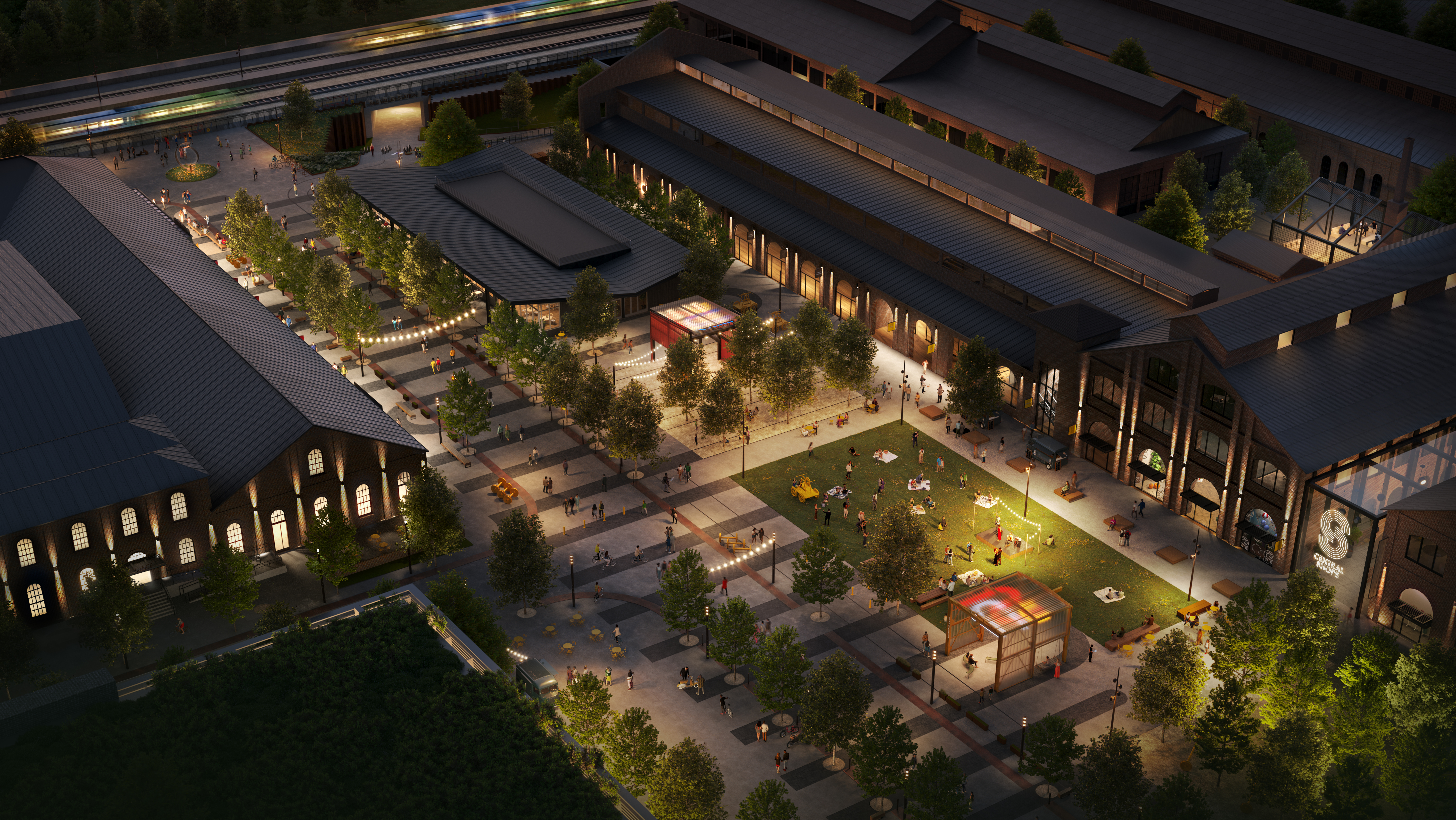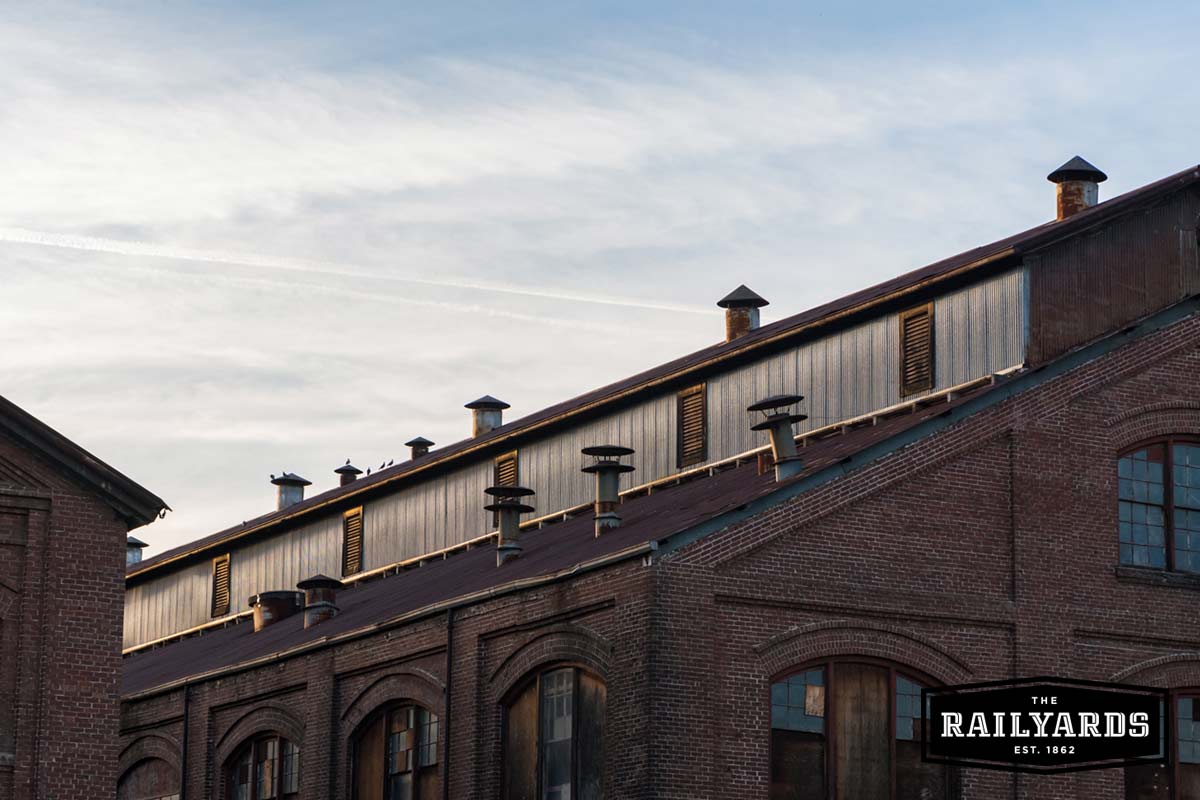
March 31, 2023 / Author: the Railyards
Discover the benefits of adaptive reuse architecture and how it is transforming California's communities.
Adaptive reuse architecture breathes new life into historic buildings by giving them a new purpose. This approach is transforming the historic property here at The Railyards, maintaining the property’s beautiful historic buildings for future generations while providing sustainable new residential and commercial space for Sacramento.
Learn more about how this innovative approach to development is transforming communities.
What is Adaptive Reuse Architecture?
Adaptive reuse architecture is the process of giving existing historic structures new life with a new purpose. This approach takes an existing building that no longer serves its original purpose and transforms it into something new while retaining its historic character and architecture.
This creative approach to environmentally-friendly construction can transform an old auto body shop into a bustling retail center, a power plant into an engaging museum, or a railroad hub into a welcoming community center.
Adaptive reuse architecture is becoming increasingly popular as people seek to preserve historic buildings, reduce waste, and create sustainable and vibrant communities.
How Adaptive Reuse Strengthens Communities
Adaptive reuse architecture can reduce waste and carbon emissions. Repurposing existing buildings avoids the environmental impact of new construction, which involves extracting raw materials, manufacturing building components, and transporting them to the construction site.
Adaptive reuse projects can bring new businesses and services to a neighborhood, create jobs for local residents, and attract visitors and tourists to the area. When historic buildings are repurposed, they often become a focal point for economic development and community engagement.
In addition to these benefits, adaptive reuse can also preserve the history and culture of a community. When we repurpose historic buildings, we are not only saving a physical structure but also a piece of our collective memory. These buildings tell stories about our past, and they can serve as a monument for future generations.
How Adaptive Reuse is Transforming California
California is home to many inspiring examples of adaptive reuse architecture.
Just a few minutes down the road from The Railyards is SMUD’s Museum of Science and Curiosity in Sacramento. The building served as a power station for more than a century. Its historic exterior was preserved while the interior was transformed into a state-of-the-art science museum and planetarium.
Other examples of adaptive reuse in California include the Ace Hotel in downtown Los Angeles, which was once the United Artists building, and the Ferry Building in San Francisco, which has been repurposed as a marketplace and community gathering space.
The Central Shops District at The Railyards is an adaptive reuse project transforming this historic space into a community hub. The project will preserve the character of the site’s eight historic buildings while bringing new life to the property. Once the Central Shops are complete they will feature over 500,000 square feet of eateries, entertainment, shops, and an expansion to the State Railroad Museum.
Learn more about the exciting potential of adaptive reuse at The Central Shops.
Image credit: Juliet Haas

